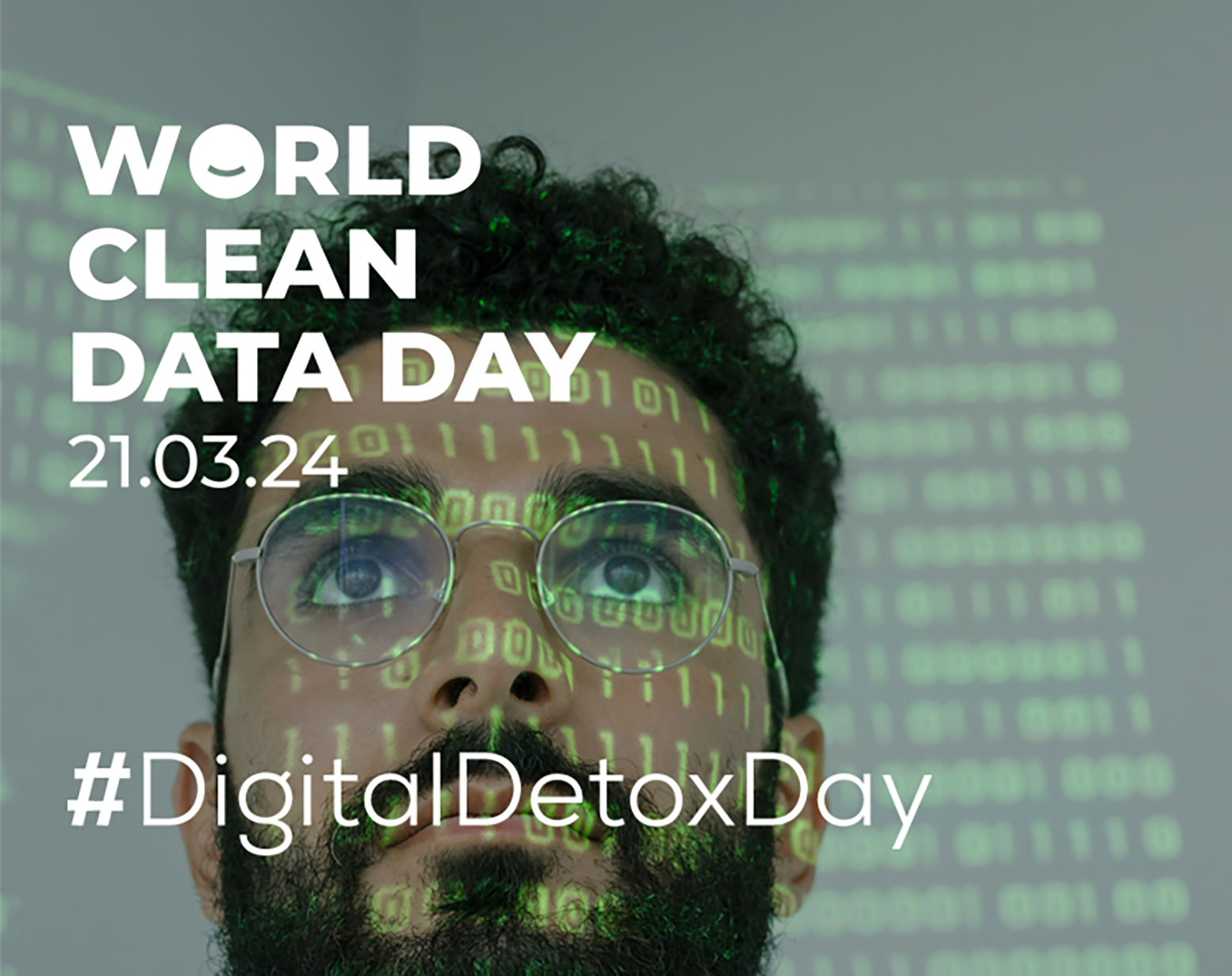Net zero is a target state which the IPCC defines as that point when man-made emissions of greenhouse gases (GHGs) to the atmosphere are balanced by man-made removals over a specified period.When considering the term ‘net zero’, it is important to be clear on three details:the subject it is describing (e.g. one business, a group, a nation or the entire earth)the greenhouse gases (GHGs) that it applies to (e.g. does it encompass all GHG gases, or just represent CO₂)the timeframe within which the it is to be achieved (i.e. the time between an agreed ‘base year’ and ‘target year’)Absolute global net zero CO₂ refers to the ultimate target end state relative to the whole earth. The current global agreement on this (the 2015 Paris Agreement) sets out the need to achieve net zero before the second half of this century.Please note: Net zero is probably the most important term for the climate emergency as it describes the target state the world is working towards. But there are many subtle nuances and applications for how it is applied and what it means in different contexts. The SBTi is addressing this confusion for businesses by defining a corporate net zero standard, read more on this here.
More From The Blog

- World Clean Data Day 2024

- DTM Legal Partners with Carbon Happy World to Strengthen ESG Commitment in Liverpool City Region

- Embracing Sustainability: Your Pathway to Procurement Success

- What does the future of ESG Reporting look like?

- Carbon Happy World tell you what double materiality and ESG reporting is.
